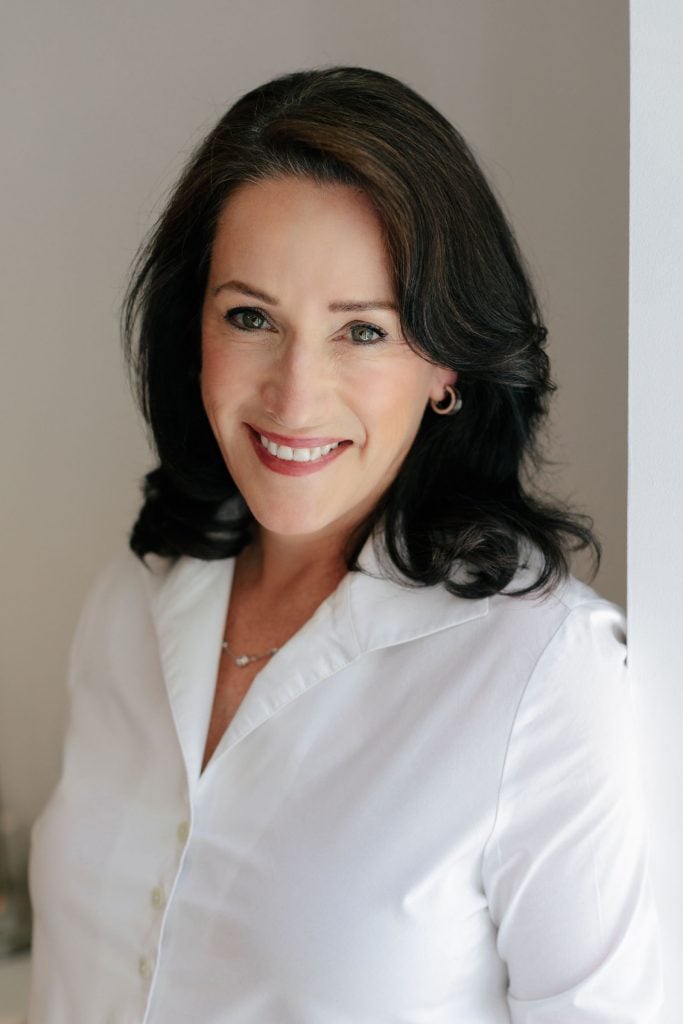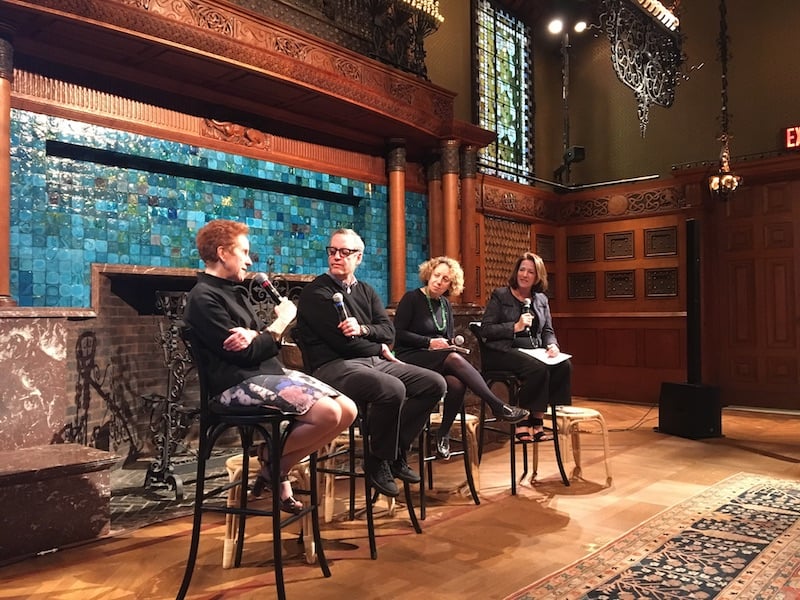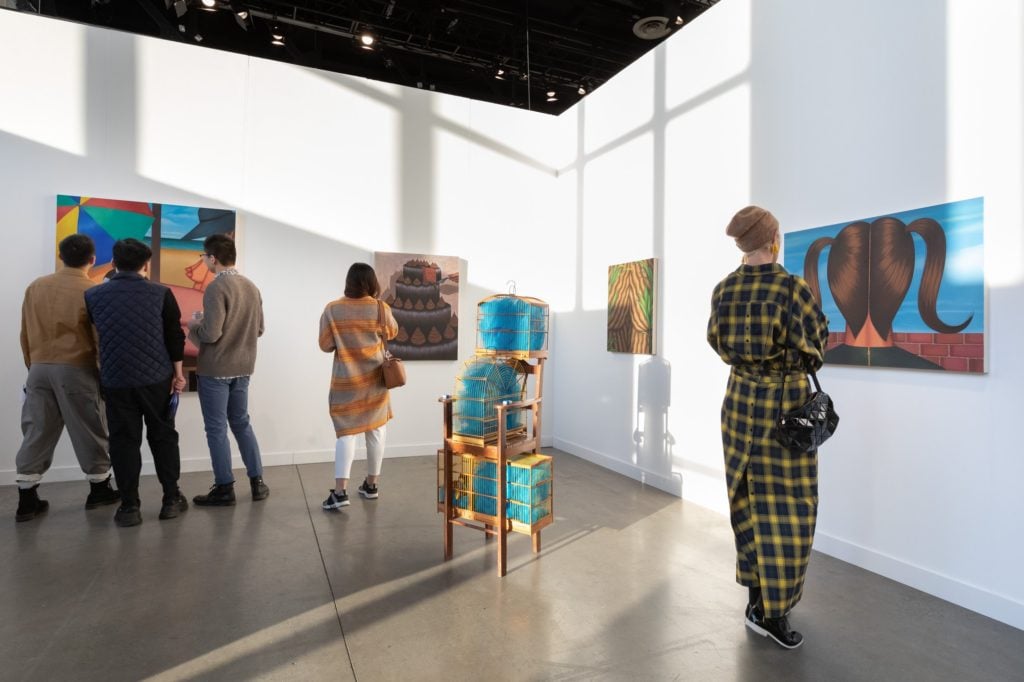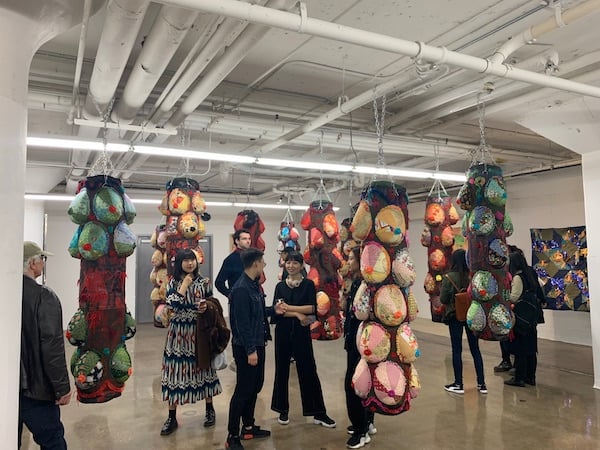Op-Ed
As the Art Industry Has Ballooned, So Has the Number of People Claiming to Be Expert Advisors. Here’s How to Tell If They Actually Are
A collector's relationship with an art advisor can be extremely rewarding—or discouraging.

A collector's relationship with an art advisor can be extremely rewarding—or discouraging.

Four months ago, an investment advisor for a family office approached us to consult on a collection of contemporary art that her clients had been building with the help of an art advisor. The majority of the works were by curatorially well-regarded artists who have dominated the market over the past decade and have seen their prices consistently rise. Yet after a recent appraisal, the clients were surprised to learn that many pieces were valued for far less than what they’d paid—even though their art advisor had led them to believe that the works would increase in value.
Unfortunately, the collection was largely made up of minor works that are much less in demand than others by the same artists. In fact, two of the pieces had previously been bought in at auction—a fact that the advisor had failed to point out.
In another instance, a collector was referred to my art advisory by his attorney to advise on selling a dozen artworks valued at roughly $50 million from his collection of significant Modernist paintings. Two years ago, another advisor had valued one of his paintings at around $2.5 million, then brokered its sale to a dealer. Nine months later, the dealer sold the same painting at auction for $8.4 million.
By the time I came along, these collectors wanted to speak to anyone but someone with the title “art advisor.” Regrettably, such stories have become more common over the past decade as advisors have risen in prominence in the art market, attracting too many would-be players with too little business experience or too few ethics to fulfill the role.
In the 20-plus years since founding my practice, I have seen the range of services offered by art advisors expand from a narrow focus on curatorial advice to establishing private museums, estate planning, liaising with a client’s financial and legal teams, and setting up sophisticated systems for both physical storage and digital cataloguing of collections.

A panel at TEFAF New York, “Passion-Driven Collecting: Stories From the Front Lines of the Global Art Market,” with collector Marty Eisenberg, art advisor Elizabeth Szancer, and MoMA curator Ann Temkin, moderated by Megan Fox Kelly.
We have been embraced not only by more and more collectors but also by dealers, auction houses, and museum professionals as essential colleagues, even if we remain behind the scenes. At the same time, expectations for professionalism in the industry have become further codified by art lawyers and by the Association of Professional Art Advisors, the only standard-setting association for the advisory industry globally, which I currently lead as president.
Unfortunately, however, over the same period, the number of people claiming the title with little more than a well-designed website touting vague bona fides has grown in equal measure. While some art-world professions, such as law, require specialized degrees, and opening a gallery calls for a commitment of significant financial resources, there are no licenses, training, or investments required to hang out a shingle as an art advisor.
Today, individuals operating under the guise of art advisors range from learned experts working independently after long careers in larger organizations, to recent graduates looking to find a place in the art world, to consultancies promising arcane new models for fractional art investing. Particularly over the past year, as more relationships in the art world moved to the virtual realm, the work of distinguishing the trustworthy from the disreputable has become vital.
The two most recent UBS Art Basel Market Reports, as well as the Independent’s NYC art market report, show that art advisors have a significant impact on the art ecosystem. Independent reported that 30 percent of New York collectors surveyed in 2020 have worked with an art advisor at some point in time, and 6 percent worked with advisors for all of their collecting. This group was predominantly high net worth individuals, with 71 percent having wealth in excess of $1 million (26 percent were ultra-HNWI, with wealth in excess of $50 million). Anecdotally, gallerists report that more and more sales are made through art advisors every year.

Installation view of the Independent Art Fair. Photo courtesy of Independent Art Fair NYC.
The expanding role of the art advisor can have either a negative or a positive impact. When art advisors lack experience or work unethically, it breeds mistrust in the marketplace. But the opposite can also be true: experienced, effective, and ethical art advisors have a positive impact not only on the collections they build, but on the market as a whole. A collector considering starting a relationship with an art advisor therefore should consider several questions before engaging in what can be one of the most gratifying—or disheartening—relationships of their collecting career.
What is the advisor’s educational background and level of experience?
Advisors hail from many backgrounds. In fact, as a general rule, advisors benefit from having experience with—and having developed contacts within—more than one realm of the art world, from galleries and auction houses to museums and universities. Curators, for example, bring a depth of art-historical knowledge, but would benefit from some direct involvement in the market before becoming an advisor.
What is their area of expertise?
Advisors and appraisers should not advise outside of their area of specific expertise. Collectors will want to work with an advisor who knows their field of interest deeply, and have the experience and relationships to facilitate research and access to the right works of art to help build a collection of lasting quality and distinction. At times, we will collaborate with curators or other advisors with expertise beyond our own to help a client with a new area of interest and bring them the trusted advice they need to make smart decisions. These relationships expand, rather than curtail, our practice.
How are transactions conducted and what fee structure do they use?
Art advisor fees can be based on retainers, commissions on sales and purchases, hourly rates for services, or a combination thereof. Collectors with extensive holdings, for example, who are actively acquiring works each year and require considerable collection management services, might prefer to work with their advisor on a retainer basis, while collectors who rely on advisors to help them source, vet, and strategically advise on acquisitions might decide that a commission on individual transactions is more appropriate. While each form of compensation is acceptable, the most important factor is that an advisor’s fees are clearly delineated in a contract or engagement agreement and that all facts of any transactions are completely transparent.
Do they own inventory, or are they affiliated with a gallery, auction house, or dealer?
I and the APAA advocate for independent advisors who work only in their clients’ best interest and do not have conflicting priorities. While good relationships with other players are essential, outside partnerships can muddy the waters.
What range of services do they provide?
Beyond consulting on acquisitions and facilitating sales, many advisors organize transport, installation, conservation consultation, storage and collection management, and work with financial advisors or family offices on long-term planning for their clients. Collectors may need some or all of these services to support their collecting, and understanding the experience of an advisor and their relationships in related fields will help them to find the right fit.
Are they a member of APAA or another professional association?
The APAA, the Appraisers Association of America, and the Art Dealers Association of America are professional organizations that carefully vet candidates for membership based on experience, expertise, and reputation; they also set expectations of professional conduct based on their codes of ethics. Members of the APAA have a minimum of five years’ experience as professional art advisors and considerable careers prior to establishing their practices. We do not maintain inventory and we are expected to conduct transactions for our clients with clarity and transparency, and to avoid any situations that pose a conflict with our clients’ interests.

APAA Members at SVA MA Curatorial Practice Exhibition, 2019.
While these questions will aid the individual client to find their best match, it is clear that larger steps are needed to speed up the professionalization of art advisory.
Now serving my fourth year as president of the APAA, I realize that the time has come to take a proactive approach to advocating for our profession. To that end, in the coming months, the APAA will be launching a series of webinars for collectors, dealers, auction houses, art fairs, museum professionals, attorneys, and financial advisors so that they will know what they can expect from qualified, independent art advisors. We will develop a separate series for advisors and those aspiring to the role to further formalize and communicate best practices in the field.
For 40 years, the APAA has provided a tried and true gold standard for the industry, but we now realize we must publicize that standard more broadly. Even as the profession has become more complex, our guiding principle remains the same: the collector-advisor relationship can be eminently rewarding—as long as you pick the right partner.
Megan Fox Kelly is founder of Megan Fox Kelly Art Advisory and currently serves as President of the Association of Professional Art Advisors. She is also the host of “Reading the Art World with Megan Fox Kelly,” a new interview series with authors of books on art.